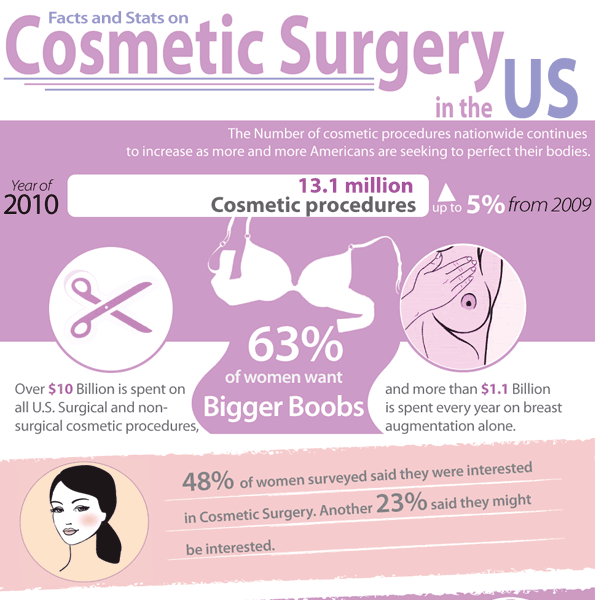Are Electric Pore Cleansers Safe
Are Electric Pore Cleansers Safe
Blog Article
Hormone Acne - What is Hormonal Acne?
Hormone acne is defined by clogged pores and oily skin that typically appears on the chin and jawline. It happens when hormonal modifications trigger inflammation and bacterial overgrowth within hair follicles.
Breakouts may look like whiteheads, blackheads, papules or pustules and cysts or nodules in a lot more severe situations. It is more typical in teens undergoing adolescence but can influence adults of any type of age.
What Triggers Hormone Acne?
While acne can be caused by a variety of factors, consisting of using hair and skin treatment products that aren't oil-free or made with components that could clog pores, genetic predisposition, diet plan,2 and stress, the root cause is rising and fall hormones. Hormonal acne happens when the body experiences hormonal changes and variations that cause an overflow of sebum, which creates inflammation, enhanced development of microorganisms and adjustments in skin cell task.
Hormone acne is usually located on the lower jawline, cheeks and neck but can appear anywhere on the body. It is defined by blemishes that are cystic, agonizing and loaded with pus or various other product. It is additionally most likely to take place in females than men, especially during adolescence, the menstruation, maternity or menopause.
Age
While many kids experience acne at some point during adolescence, it can remain to afflict grownups well right into adulthood. Known as hormonal acne, this type of outbreak is linked to fluctuations in hormones and is normally most usual in females.
Hormone acne takes place when oil glands produce too much sebum, which blocks pores and traps dead skin cells. This results in the formation of acnes, such as whiteheads, blackheads and papules, pustules, cysts or nodules, deep under the surface.
This kind of acne typically triggers pain, inflammation and inflammation. It may also be cyclical and appear around the same time each month, such as right prior to your duration begins. This is due to the fact that degrees of female hormones like progesterone and oestrogen vary with each menstrual cycle.
Menstrual Cycle
Hormone acne commonly shows up in the reduced part of your face, along the jawline and cheeks, as whiteheads, blackheads or inflammatory pimples (acnes and cysts). It's probably to appear around the moment when your menstrual cycle modifications.
Especially around ovulation, when estrogen and progesterone levels get on the surge, hormonal agent changes can cause breakouts. Yet it's additionally possible to get acne at any factor throughout your 28-day menstrual cycle.
If you discover that your hormonal acne flare right prior to your duration, try noticing when specifically this takes place and see if it associates with the phases of your 28-day menstrual cycle. This will certainly assist you pinpoint the root causes of your skin problems. For instance, you may want to work on stabilizing your blood glucose and cutting out high-sugar foods, or consider a prescription drug like spironolactone that can control your hormonal agents.
Pregnancy
Expanding an infant is a time of dramatic hormone modifications. For many females, this consists of a flare-up of hormonal acne. This sort of breakout generally starts in the very first trimester, around week six. It's caused by hormonal agent surges that boost sebaceous glands to make even more oil, which can clog pores and cause even more germs to build up.
Outbreaks might also take place as a prx skincare result of pre-existing conditions like polycystic ovary disorder, which can likewise be an issue while pregnant and menopause. Also, some sorts of birth control pills (such as Ortho Tri-Cyclen and YAZ) can cause hormonal acne in some females.
The good news is, a lot of acne treatments are "no-go" for expectant ladies (including preferred acne-fighting components such as isotretinoin and spironolactone). Yet if you can't stay clear of those bothersome bumps, your doctor might prescribe dental erythromycin or cephalexin, which are safe while pregnant.
Menopause
As females approach menopause, the estrogen degrees that caused their hormonal agent acne to flare during the age of puberty begin to stabilize and decrease. At the same time, however, a spike in androgens (additionally known as male hormonal agents) occurs due to the fact that these hormones can not be converted into estrogen as efficiently as before.
The extra of androgens can cause oil production by the sebaceous glands, which obstructs pores. When the blocked pores come to be irritated and aggravated, a pimple kinds.
Hormone acne is typically seen on the face, especially around the chin and jawline, yet it can happen on the neck, back, shoulders, or chest. This kind of acne often tends to flare up in a cyclical pattern, comparable to the menstrual cycle. Anxiety, which increases cortisol and throws hormonal agents out of equilibrium, also contributes to the outbreaks.